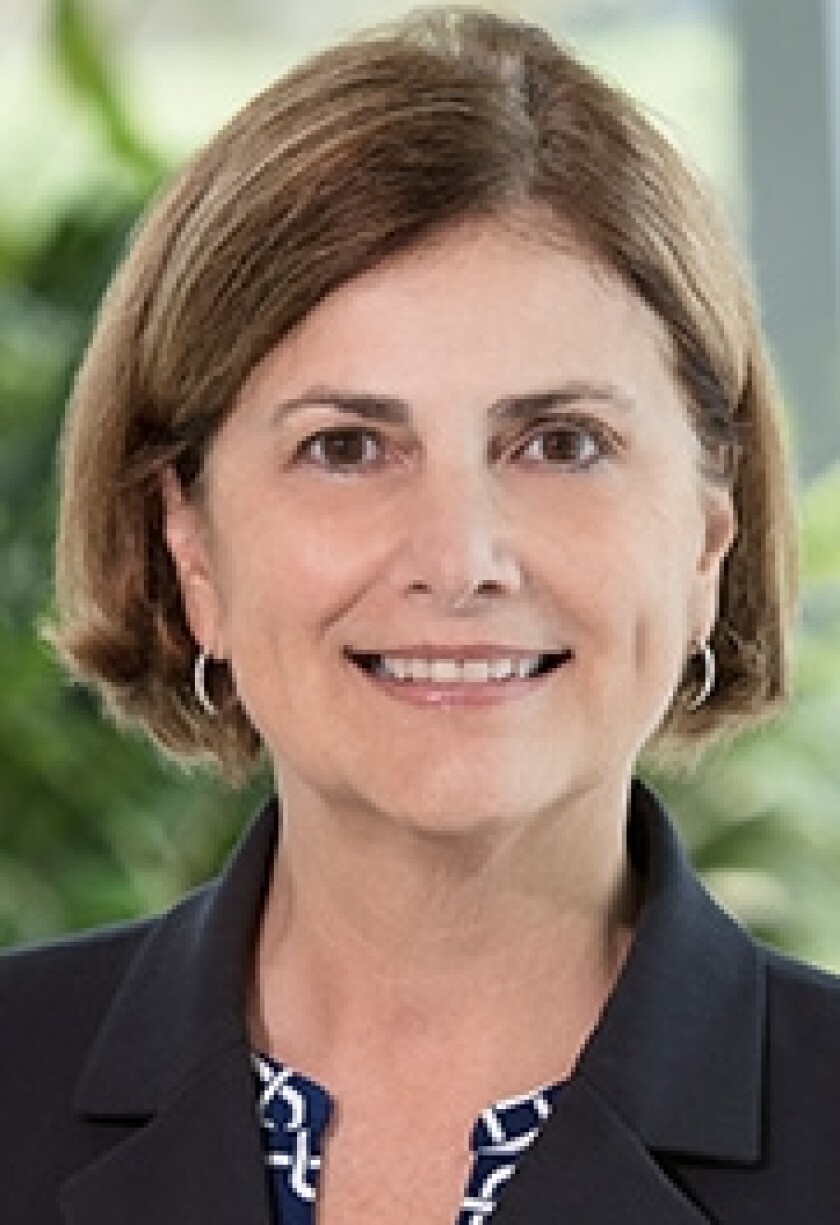
The California Earthquake Authority (CEA) convened a panel of experts last week from the University of California, Berkeley; the California Geological Survey; the U.S. Geological Survey; the nonprofit Earthquake Engineering Research Institute; engineering and scientific consulting firm Exponent; and multidisciplinary consulting firm Wiss, Janney, Elstner Associates. It was the third annual roundtable held by the CEA, a not-for-profit, privately funded and publicly managed entity that provides residential earthquake insurance and fosters preparation and risk mitigation among Californians.
“The Ridgecrest earthquakes provided some clear examples of how much has changed since Northridge, from the expanded earthquake expertise we have now to the technology available,” said CEA Chief Mitigation Officer Janiele Maffei.
In 1994’s Northridge earthquake, scientists did not have laptops and smartphones. What else was different then?
- Observations were handwritten
- Paper maps were taped to walls
- There was no geographic information systems (GIS) technology
- Apps, Wi-Fi, digital cameras, drones, lidar, global positioning system (GPS) instruments and even automated aftershock forecasts did not yet exist.
Assessing the damage from a quake is more scientific now, with the newer tools available. And using that data allows more resilient design for buildings.
“Our technical capacities today allow us to gather and process data on the level of damage caused by an earthquake and its impact on people, buildings and infrastructure,” said Mary Comerio, professor of the Graduate School at the UC Berkeley Department of Architecture. “We can also model the effects of a range of earthquake impacts for different scenarios, in order to better plan for our response to future earthquakes. The modeling and mapping tools we now have allow us to improve our building codes and construction practices so that, over time, we can make our buildings, infrastructure and cities more resilient and shorten the recovery process.”
Panelists also described information they lacked in the past and described wish lists for types of data they would like to see.
CEA plans to seek outside expertise for technical evaluations in order to better understand how residential structures perform in quake-prone California.
“On the hazards side of earthquake science, the body of information improves with every earthquake, everywhere in the world,” Maffei said. “But in terms of understanding California homes, it really takes a California earthquake.”
But, Maffei said, “a significant amount of our information still comes from the Northridge earthquake. And we have an opportunity now, with the Ridgecrest earthquakes and future earthquakes, to update that.”
The Pacific Earthquake Engineering Research Center and California Geological Survey shared their progress and plans for studying and collecting data about ground motion from the Ridgecrest earthquakes.
More information about CEA’s research efforts, including past research forums, is available on CEA’s website. Photos and comments from the 2019 research forum are also available on CEA’s Twitter account and other social media accounts.





